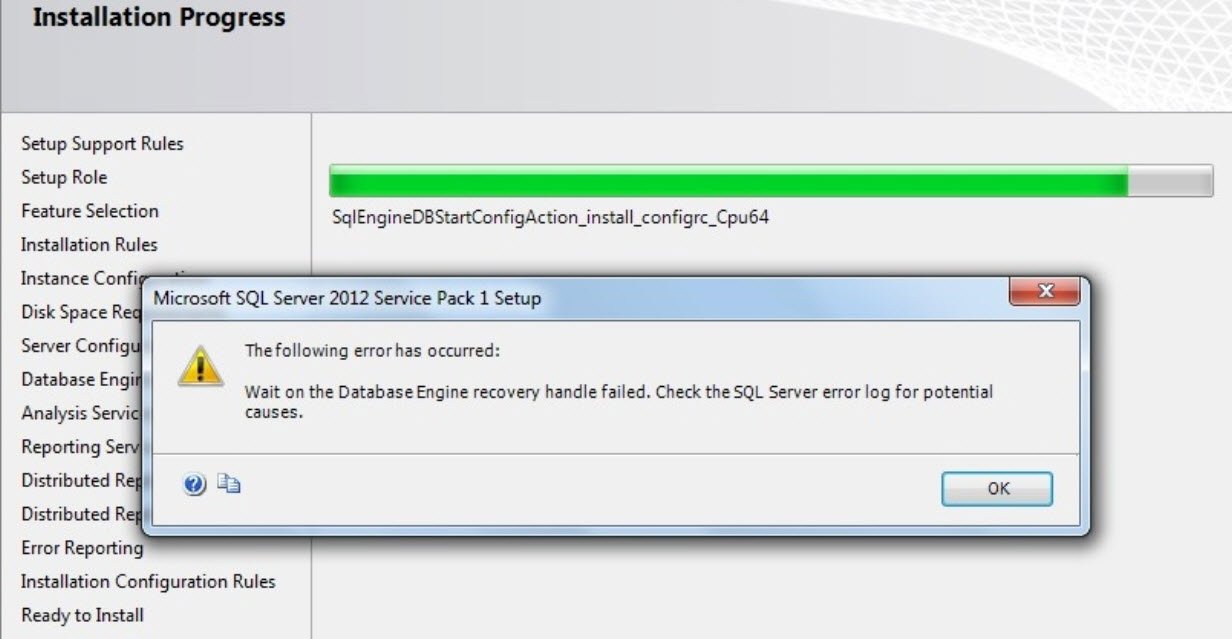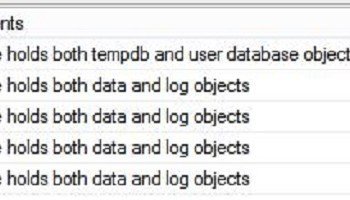One of my client was trying to deploy his product on their test servers. They found that the SQL Server installation was failing with below error. Let us learn about error Wait on the Database Engine recovery handle failed.
Wait on the Database Engine recovery handle failed. Check the SQL Server error log for potential causes.

As per my internet search this happens when SQL Setup is not able to start SQL Service during installation. I have looked into SQL Server ERRORLOG and found below the messages.
2016-12-23 16:15:04.84 spid14s Error: 17120, Severity: 16, State: 1.
2016-12-23 16:15:04.84 spid14s SQL Server could not spawn FRunCommunicationsManager thread. Check the SQL Server error log and the Windows event logs for information about possible related problems.
This was interesting because my client was trying to install this on a Domain Controller. I checked setup logs again and found below in Summary.txt file.
SQLSVCACCOUNT: NT Service\MSSQLSERVER

Above parameter shows the account name which was selected during installation. Since this is a domain controller, I thought that there might be issues due to this.
WORKAROUND / SOLUTION
As the error says, first we need to uninstall the feature and then during setup, when we come to Server Configuration Screen, we need to change the account name of the Database Engine Service to
- NT AUTHORITY\NETWORK SERVICE.
- NT AUTHORITY\LOCAL SERVICE.
Both worked for my client and they could install SQL Express.
Reference: Pinal Dave (https://blog.sqlauthority.com)






39 Comments. Leave new
Worked for me. Gr8 work,,,pl do keep up the good work
You can get this same type of error if you size your TempDB files with sizes on a drive that is too small to hold it. Example: Create 4 data files of 4096 MB and 1 Log of 4096MB (20,480 total) on a 15 GB drive.
Good Advice Thanks for this one. Thumbs up from Algeria
Thank you for posting the solution. I am having the same issue during installation; I’ve done what you’ve suggested but still erroring out at end with the same error as posted. I have SQL 2017, tried both Developer and Express version. What else might be causing this?
How about the same issue doing on online upgrade from SQL 2012 to SQL 2019?
Worked for me.
I was installing SQL Server 2012 named instance.
This can also be caused by a sector size on disks partitioned by Windows 11. There is a registry hack that fixes this on StackOverflow.